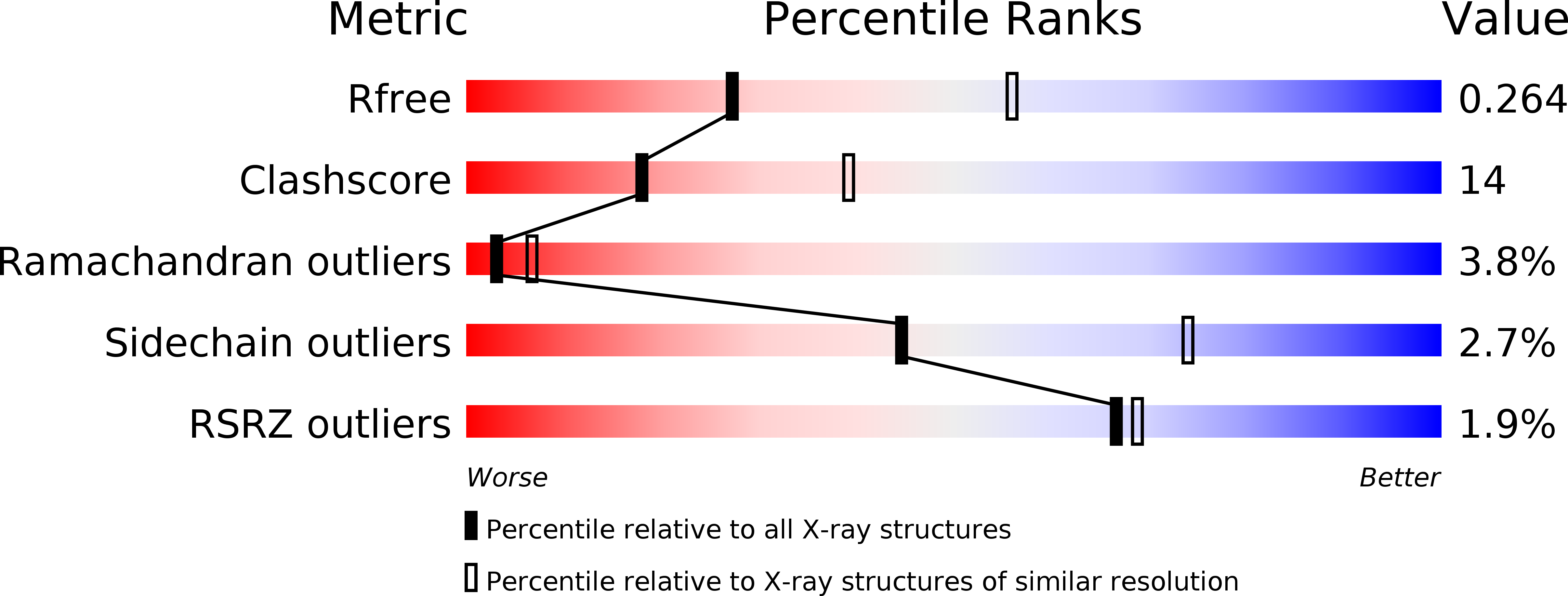
Deposition Date
2007-01-09
Release Date
2007-02-06
Last Version Date
2023-08-30
Entry Detail
PDB ID:
2OGV
Keywords:
Title:
Crystal Structure of the Autoinhibited Human c-Fms Kinase Domain
Biological Source:
Source Organism:
Homo sapiens (Taxon ID: 9606)
Host Organism:
Method Details:
Experimental Method:
Resolution:
2.70 Å
R-Value Free:
0.27
R-Value Work:
0.20
R-Value Observed:
0.20
Space Group:
P 21 21 2


